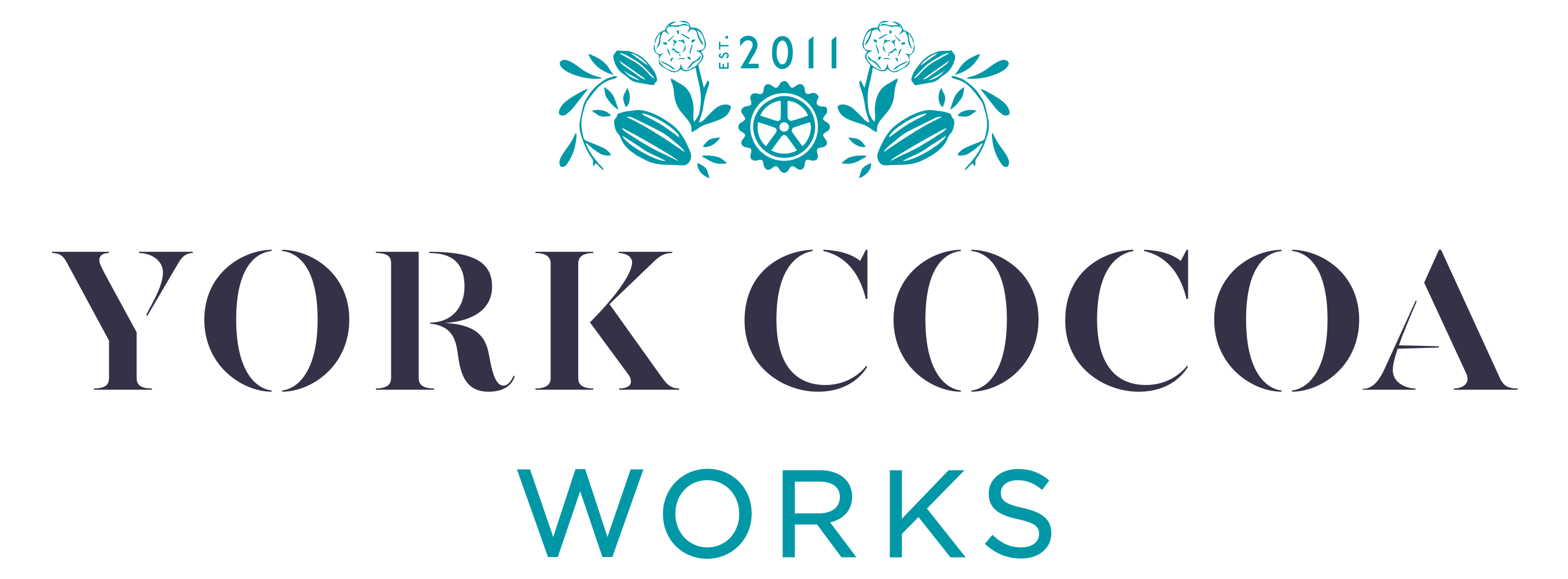York - A Trading City
In 1725 York was a municipal hub of trade and commerce, people would bring their fruits, vegetables and live-stock to York to trade from the surrounding area. In 1581 Elizabeth I had given the Company of Merchant Adventurers’ authority to control what was docked in York, tradesmen needed to join the Guild to do business in York. The people of York clearly had fanciful taste as there were many shops traded in international goods such as spices, herbs, animal skins, clothing, jewellery and cocoa beans brought in by the Merchants. The Merchant Adventurers’ became the most powerful of all of York’s Guilds, with many individuals being forced to join if they were to trade, one notable exception was Mary Tuke, Mary was a Quaker woman who opened her shop on Walmgate in 1725, trading in coffee, tea, cocoa and chocolate.
The Merchant Adventurers were keen to demand that as a business-woman trading in York, Mary must join the company, however she refused. The Merchants’ authority in the city was under threat, ships were now too large to travel up the River Ouse, ports started to develop outside of the city in places like Hull and the Guild’s power was dwindling. Eventually they conceded and made Mary an automatic member. By the early years of the eighteenth century, the city of York was fast shedding its medieval appearance and becoming thought of as the capital of the North. Attractions such as the Races at the Knavesmire, entertaining at the Mansion House, society balls at the Assembly Rooms just opposite our door, and the Theatre Royal together with coffee and chocolate houses, made York the centre of social life for the country families and visitors.
The wealthy audience in York demanded fashionable food and drink as well as clothes, architecture, gardens and medicine. The dining table and social interactions demanded particularly exotic ingredients, but more importantly the enterprise of the confectioners in York evolved and adapted to reflect the popular demands of the masses. By 1781, there were eight confectioners trading in York, a city of only 17,000 inhabitants, the impact of the demands of the upper class in such a fashionable city dictated that a “grand dessert” was required to conclude important meals. Confectioners in York would have enabled the creation and purchase of items that were beyond the capabilities of domestic kitchen staff. This is the city in which Bayldon and Berry, a grocer and an apothecary joined forces and opened for business as confectioners in 1767 and Mary Tuke was serving with her Cocoa and Chocolate products.
Discover more with a visit to the Merchant Adventurers' Hall

